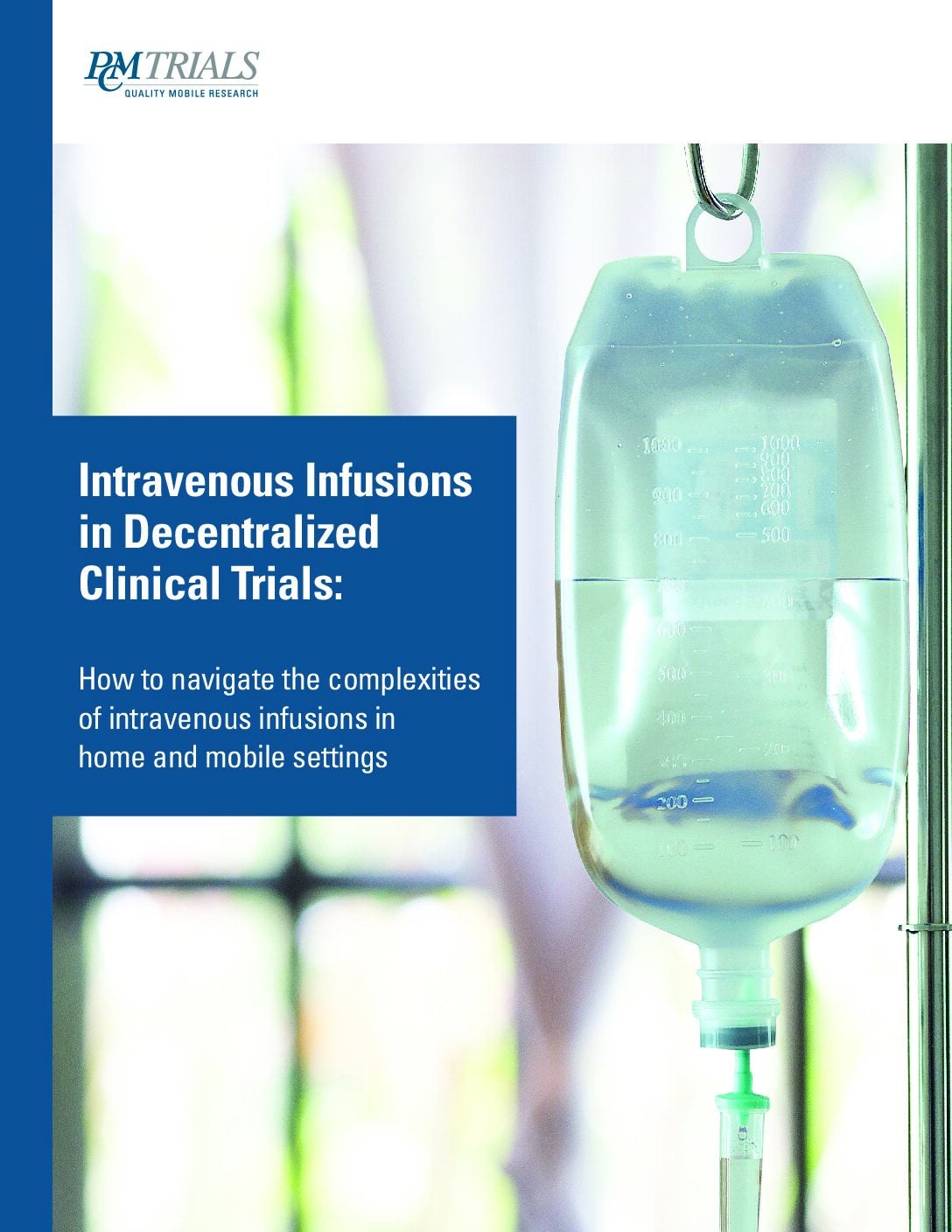
Avadel Pharmaceuticals has received final approval from the US Food and Drug Administration (FDA) for LUMRYZ to treat cataplexy or excessive daytime sleepiness (EDS) in adults with narcolepsy.
LUMRYZ is an extended-release sodium oxybate formulation that can be taken once at bedtime.

US Tariffs are shifting - will you react or anticipate?
Don’t let policy changes catch you off guard. Stay proactive with real-time data and expert analysis.
By GlobalDataIt has also secured orphan drug exclusivity from the FDA until 1 May 2030. The therapy is expected to be commercially available early in June 2023.
The latest approval is based on positive data obtained from the Phase III REST-ON clinical trial that was completed in March 2020.
The data revealed that once-at-bedtime LUMRYZ showed highly statistically important and clinically meaningful improvement as against placebo across all co-primary endpoints for all three doses assessed in the trial.
Avadel CEO Greg Divis stated: “Today’s landmark approval and receipt of orphan drug exclusivity represents a major milestone for both Avadel and people living with narcolepsy.
“As we have heard from key stakeholders, previously approved narcolepsy therapies have the potential to disrupt sleep by either causing insomnia or through forced awakening during the middle of the night for their crucial second dose.
“LUMRYZ can now offer people with narcolepsy the opportunity for an uninterrupted night’s sleep while receiving the full benefit of their prescribed treatment in one single bedtime dose that addresses their symptoms of narcolepsy.”
Narcolepsy is a chronic neurological condition that weakens the brain’s capability to regulate the sleep-wake cycle. It impacts around one in 2,000 people in the US with cardinal EDS symptoms.




